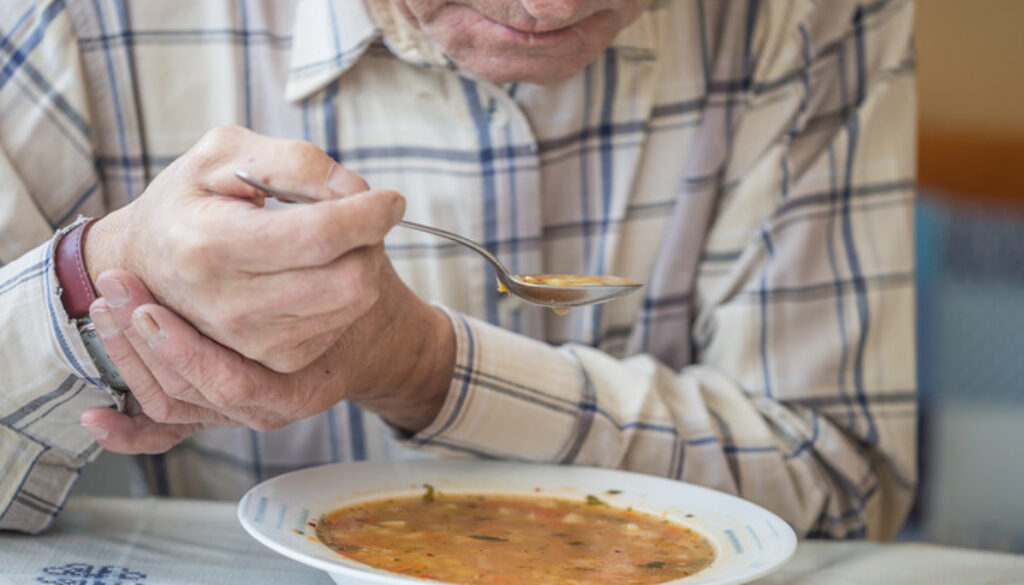Science takes center stage in court hearing over paraquat and Parkinson’s disease
Testimony is underway this week in a key federal court hearing aimed at examining scientific evidence about allegations that a widely used weedkiller called paraquat causes Parkinson’s disease.
The outcome of the hearing, which began Monday and runs through Thursday in East St. Louis, Illinois, is critical for thousands of people with Parkinson’s who are suing paraquat maker Syngenta AG and former paraquat distributor Chevron.
The plaintiffs claim scientific research shows that exposure to paraquat significantly increases the risk of Parkinson’s disease, but instead of warning users the companies prioritized paraquat sales over human health. The first trial is scheduled to begin in October.
When this week’s hearing concludes, US District Court Chief Judge Nancy Rosenstengel will determine whether or not the plaintiffs’ experts and their scientific analyses will be allowed as evidence in the upcoming trials. Syngenta and Chevron are asking the judge to bar each of the plaintiffs’ scientific experts from testifying, saying their experience is lacking and their analyses are deeply flawed. If the judge agrees, the plaintiffs’ cases could be virtually unwinnable.
More than 4,600 plaintiffs are part of the multidistrict litigation (MDL) being overseen by Rosenstengel. More cases are pending in different jurisdictions around the US.
Syngenta and Chevron deny paraquat causes Parkinson’s and are fighting the lawsuits. The companies say the weight of scientific evidence demonstrates no causal link between the chemical and the disease.
A question of odds
Plaintiff’s lawyers told the judge their case will rely in part on years of animal studies showing that paraquat interacts in the brain to kill specific cells in a manner that is a hallmark of Parkinson’s disease. Human studies also support their case, the lawyers said. When the cases go to trial, they plan to present testimony from several expert witnesses supporting their allegations.
On Tuesday, the hearing focused on testimony from one of those expert witnesses – Cornell professor of epidemiology Martin Wells. Under oath, Wells told the judge that his analysis of years of published research led him to conclude that people exposed to paraquat have a risk of developing Parkinson’s disease that is substantially higher than for people not exposed to the weed killer.
Wells calculated an odds ratio of 2.8 with respect to paraquat’s causal relationship to Parkinson’s disease, meaning the risk of disease resulting from paraquat exposure was 180 times higher than the odds absent that exposure.
Sharyl Reisman, a lawyer for Chevron, attempted to discredit Wells’ position, questioning him for hours about a number of studies that he left out of his analysis, including a 2020 study that found no association between paraquat and Parkinson’s.
Reisman also laid out for the judge how Wells’ conclusion differs sharply from that of the Environmental Protection Agency (EPA), which states that the agency “has not found a clear link between paraquat exposure and labeled uses and adverse health outcomes such as Parkinson’s disease and cancer.”
The two sides will present arguments over additional expert witnesses on Wednesday and Thursday, including arguments by plaintiffs’ lawyers to exclude testimony from former EPA official Jack Housenger. Housenger was director of the EPA’s Office of Pesticide Programs until 2017. He agreed to aid the defendants for $300 an hour, according to case files.
Widely used
Paraquat is one of the most widely used weed killing chemicals in the world, competing with herbicides such as glyphosate, the active ingredient in Monsanto’s Roundup brand, for use in agriculture. Farmers use it both to control weeds before planting their crops and to dry out crops for harvest. In the United States, the chemical is used in orchards, wheat fields, pastures where livestock graze, cotton fields and elsewhere. As weeds have become more resistant to glyphosate, paraquat popularity has surged.
US government data shows that the amount of paraquat used in the United States has more than tripled between 1992 and 2018.
Though it is widely used, paraquat has long been known to be dangerous to ingest – a tiny swallow of the chemical can kill a person within days. Dozens of countries have banned the chemical, both because of the acute dangers and due to mounting evidence of links to health risks such as Parkinson’s from chronic, long-term exposure.
Parkinson’s disease has also been on the rise. The incurable disease is one of the world’s fastest-growing neurological disorders with prevalence more than doubling from 1990 to 2015. The disease is expected to continue to expand rapidly, impacting millions of people around the world.
Corporate secrets
Though Syngenta maintains there is no solid evidence linking paraquat to Parkinson’s disease, decades of internal corporate records obtained by The New Lede in a reporting collaboration with The Guardian revealed that the company has long worried about scientific connections between the disease and the company’s herbicide and started preparing for litigation years ago, before the mass of lawsuits were filed. The internal records, reported in a series of stories, showed the concerns about long-term chronic effects of paraquat exposure date back decades.
The records also show that Syngenta worked for decades to create and at times, covertly manipulate, the scientific record in order to downplay or dispute a connection between paraquat and Parkinson’s.
The files reveal an array of tactics, including misleading regulators about the existence of unfavorable research conducted by its own scientists and engaging lawyers to review and suggest edits for scientific reports in ways that downplayed worrisome findings.
The files also show that Syngenta created what officials called a “PQ SWAT team” to be ready to respond to new independent scientific reports that could interfere with Syngenta’s “freedom to sell” paraquat. The group, also referred to as Paraquat Communications Management Team,” was to convene “immediately on notification” of the publication of a new study, “triage the situation,” and plan a response, including commissioning a “scientific critique.”
 EWG
EWG


